Kenya Explores Chinese Partnership for Railway Expansion Project
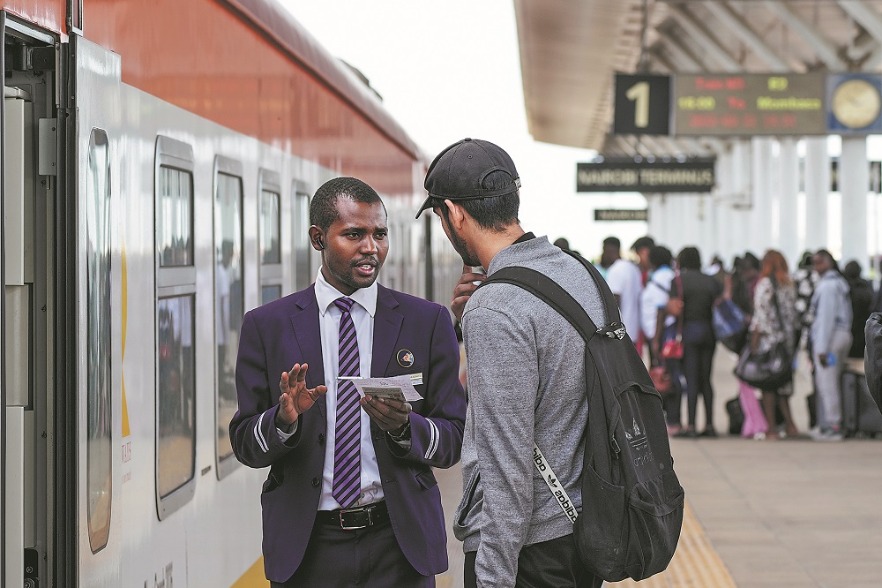
Kenya is advancing its ambitious infrastructure development with plans to commence construction of the $4.5 billion Naivasha-Malaba Standard Gauge Railway (SGR) by December. This significant project aims to complete a high-speed rail corridor extending from the port of Mombasa to Malaba, a town on the Ugandan border, heralding a new era of regional connectivity and trade.
Philip Mainga, the managing director of Kenya Railways Corporation, confirmed that preliminary works for the SGR extension, encompassing Phase 2B (Naivasha to Kisumu) and Phase 2C (Kisumu to Malaba), have been successfully completed. This 475-kilometer extension will connect to the existing 553-kilometer line running between Mombasa and the Naivasha Inland Container Depot. Mainga stated, "We have already identified the route and the people to be compensated along the corridor. Our officers are on the ground and we expect to finalize the environmental impact assessment by the beginning of next month." The project is currently awaiting final direction from its financier, with a funding decision anticipated before the end of the year.
The SGR extension project highlights the deepening cooperation between Kenya and China. Chinese state-owned companies are spearheading this major infrastructure development through financing, technical expertise, and construction. This collaboration is a key component of China's Belt and Road Initiative (BRI), which seeks to enhance global trade routes and connectivity through strategic investments in partner nations. The SGR project itself is considered the largest infrastructure development project in Kenya involving Chinese collaboration.
Since its inauguration in 2017, the existing Mombasa-Nairobi SGR has become the cornerstone of Kenya's transportation sector, significantly contributing to the nation's economy. Mainga noted that the rail line has added 2 to 3 percent to Kenya's GDP and continues to be instrumental in transforming logistics and bolstering the tourism industry. The introduction of executive coaches on the Nairobi-Mombasa route has established the Madaraka Express high-speed passenger train as a preferred mode of transport for tourists heading to the coastal regions.
Kenya Railways has further expanded its tourism-centric services by introducing weekend wagons connecting Nairobi to the Maasai Mara via Suswa. Additionally, new stations, such as the one in Voi, have significantly increased visitor numbers to nearby national parks, thereby stimulating local tourism economies. These developments underscore the SGR's role in making Kenya's diverse attractions more accessible.
On the freight front, the SGR is demonstrating robust performance. Mainga revealed projections indicating that the railway will surpass last year's freight volumes by 1 million metric tons, marking a substantial 30 percent increase. A significant development in March was the rollout of refrigerated containers, which has created new export avenues for Kenyan perishable goods to markets in Europe and Asia, thereby enhancing the country's trade logistics capabilities.
Passenger traffic on the SGR is also experiencing consistent growth, with projections estimating up to 2.6 million riders this year, an increase of 300,000 passengers compared to the previous year. This growth reflects the increasing reliance on and satisfaction with the SGR's passenger services.
Kenya Railways Chairman Abdi Bare elaborated on the broader strategic vision for the SGR. He emphasized that completing the Naivasha-Malaba segment is a critical step towards connecting Mombasa Port with key East African nations, including Uganda, Rwanda, the Democratic Republic of Congo, and Burundi. This regional integration is anticipated to drastically reduce freight transit times and costs across East Africa.
Bare highlighted the proven value of the existing Nairobi-Mombasa SGR, stating, "The Nairobi-Mombasa SGR has already proven its value by transporting the equivalent of 120 buses, or about 7,250 passengers, a day, along with over a thousand 6-meter cargo containers." He further noted that "The freight service has not only decongested Mombasa Port but also eased traffic on our highways by reducing truck transit times from as long as 36 hours to just eight."
Chinese Ambassador to Kenya, Guo Haiyan, lauded the SGR as a potent symbol of Kenya-China cooperation and a flagship project under the Belt and Road Initiative. "In the past eight years, the SGR has transformed Kenya into a regional logistics hub and has enhanced its capacity to attract foreign investment," she remarked. "It stands as a testament to the strong and fruitful bilateral relations between our two countries."
Recommended Articles
Chinese Premier's Statements on Global Economy & Trade at Summer Davos
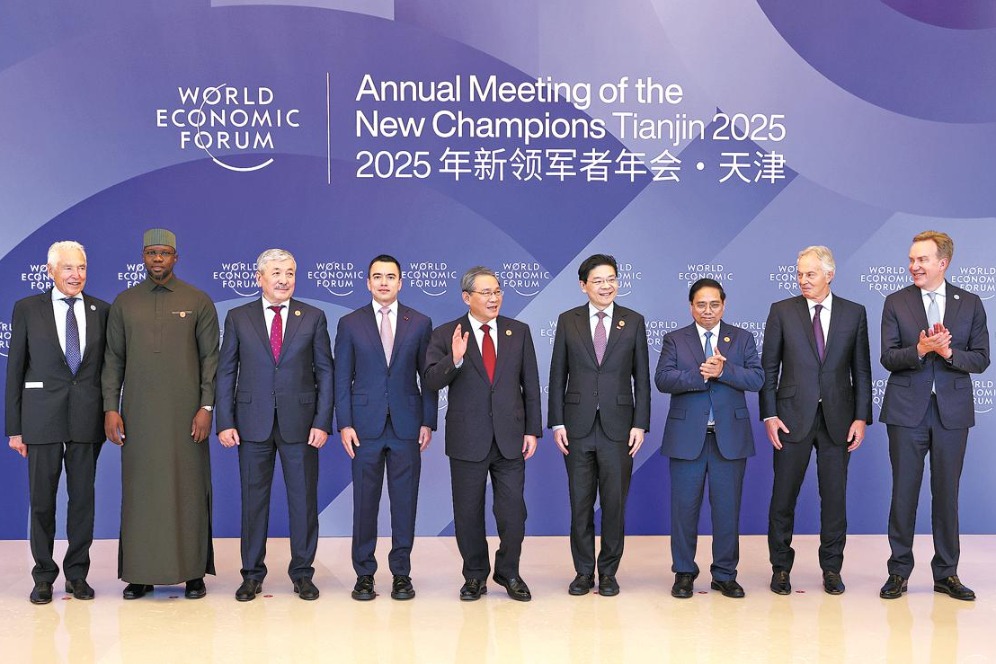
Chinese Premier Li Qiang recently held high-level meetings with leaders from Ecuador, Kyrgyzstan, and Vietnam, advocatin...
China's Xi Jinping Visits Kazakhstan to Strengthen Central Asian Relations

Chinese President Xi Jinping recently met with Central Asian leaders in Kazakhstan, signaling Beijing's intensified comp...
BRI Nations Prioritize Innovation for Development
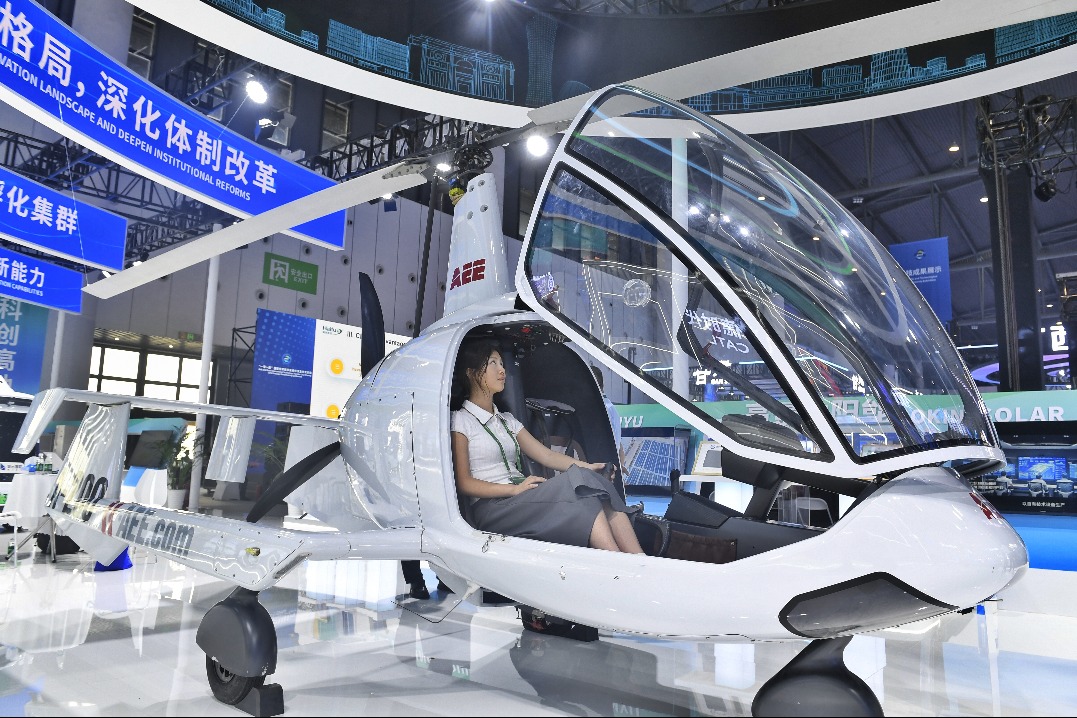
The Second Belt and Road Conference on Science and Technology Exchange in Chengdu highlighted the critical role of innov...
Analysis of Hong Kong's City Diplomacy Strategies and Challenges
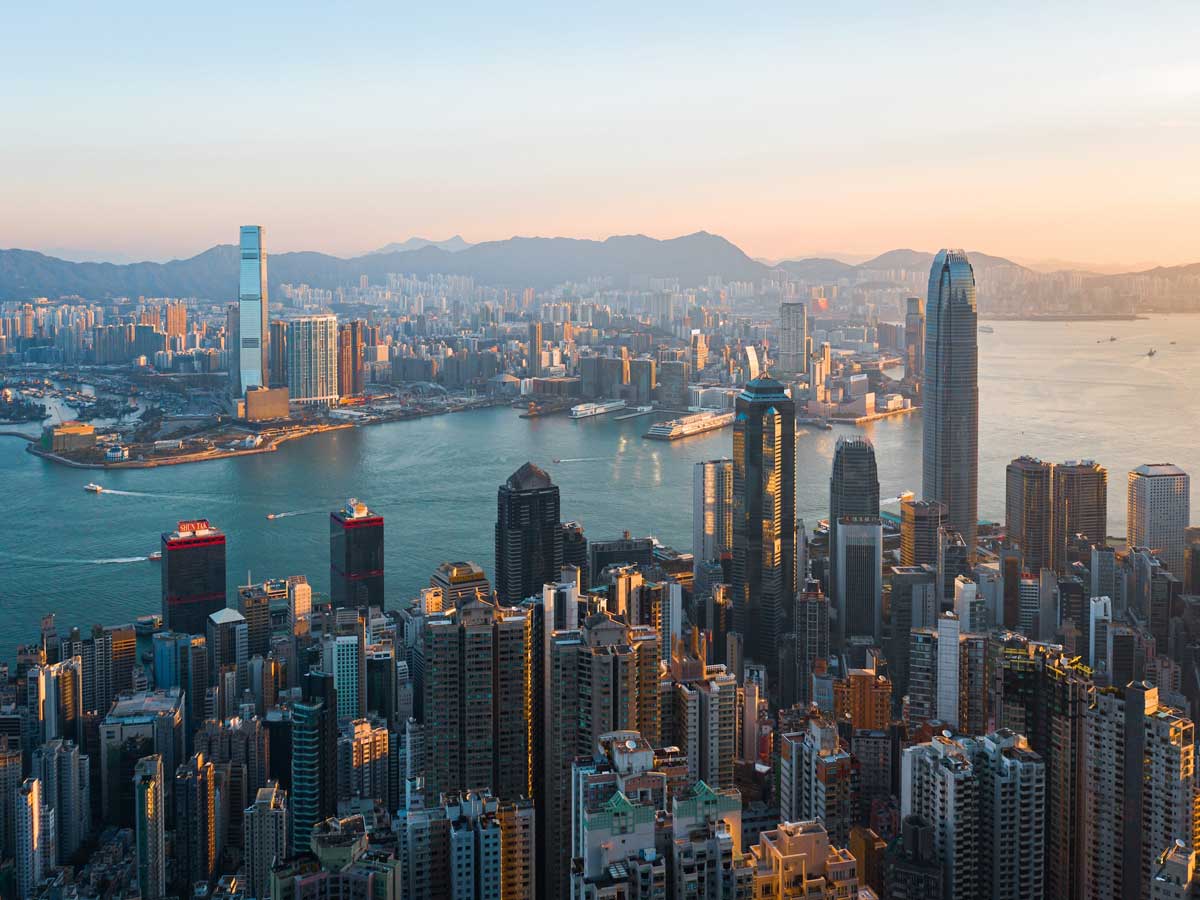
Hong Kong navigates its complex role in global diplomacy by leveraging its unique cultural blend, economic prowess, and ...
China and Myanmar Leaders Exchange Congratulations on 75th Anniversary of Diplomatic Relations

Chinese President Xi Jinping and Myanmar leader Min Aung Hlaing marked the 75th anniversary of diplomatic ties, with Xi ...
You may also like...
In the Shadows of the Signal: How Africa is Fighting a War It Cannot See

The article discusses the growing threat of cyberattacks in Africa, likening it to a "quiet war" being waged through dig...
Beyond Fintech, A Continent on the Rise

Africa's tech landscape is rapidly diversifying beyond fintech. Discover how innovation in sectors like AI, health tech,...
Should Religion Still Dictate Morality in a Secular Age?

This bold essay unpacks the complex relationship between faith, law, and public life—exploring where religion uplifts mo...
Africa’s AI Moment: Are We Innovating or Just Consuming?
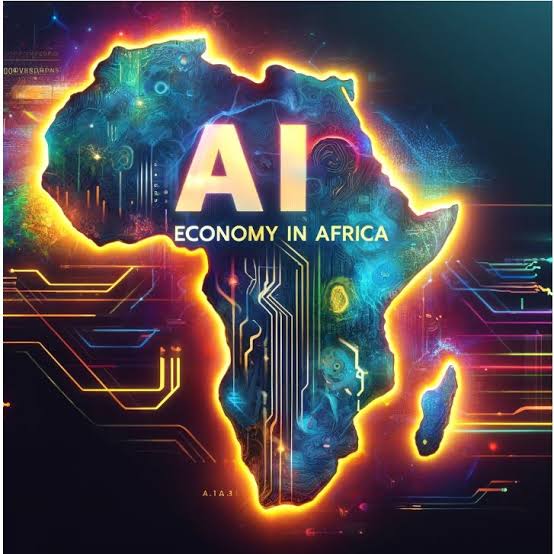
As AI reshapes Africa’s digital landscape, the continent stands at a crossroads: Will it lead innovation or remain a tes...
The Rise of AfroAnimation: How African Studios Are Telling Our Stories With Global Appeal
(26).jpeg)
African animation is breaking boundaries as studios across the continent craft vibrant, culturally-rooted stories with g...
Digital Dakar: Why Senegal Is Africa’s Next Fintech Capital

Senegal’s capital, Dakar, is emerging as Africa’s next fintech powerhouse, driven by mobile money innovations, a youthfu...
The Global South Doesn’t Need a Savior: It Needs Equity
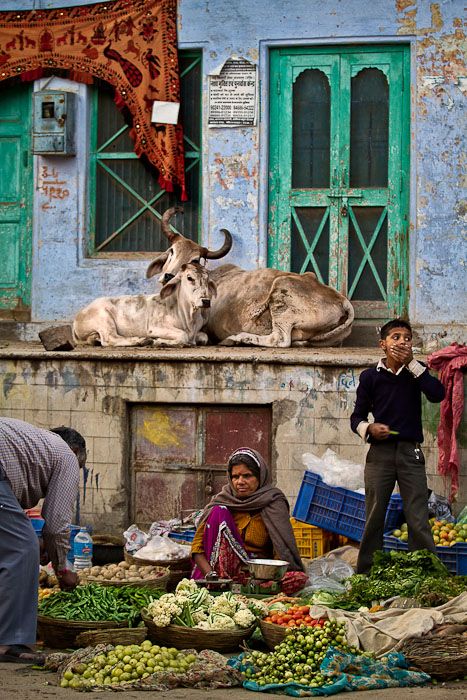
This incisive essay dismantles the outdated saviour complex, calling for a bold shift from patronising charity to genuin...
The Strangers Next Door: A New Dilemma at Africa’s Threshold

The article discusses the deportation of African nationals by the United States to eSwatini, a small southern African ki...